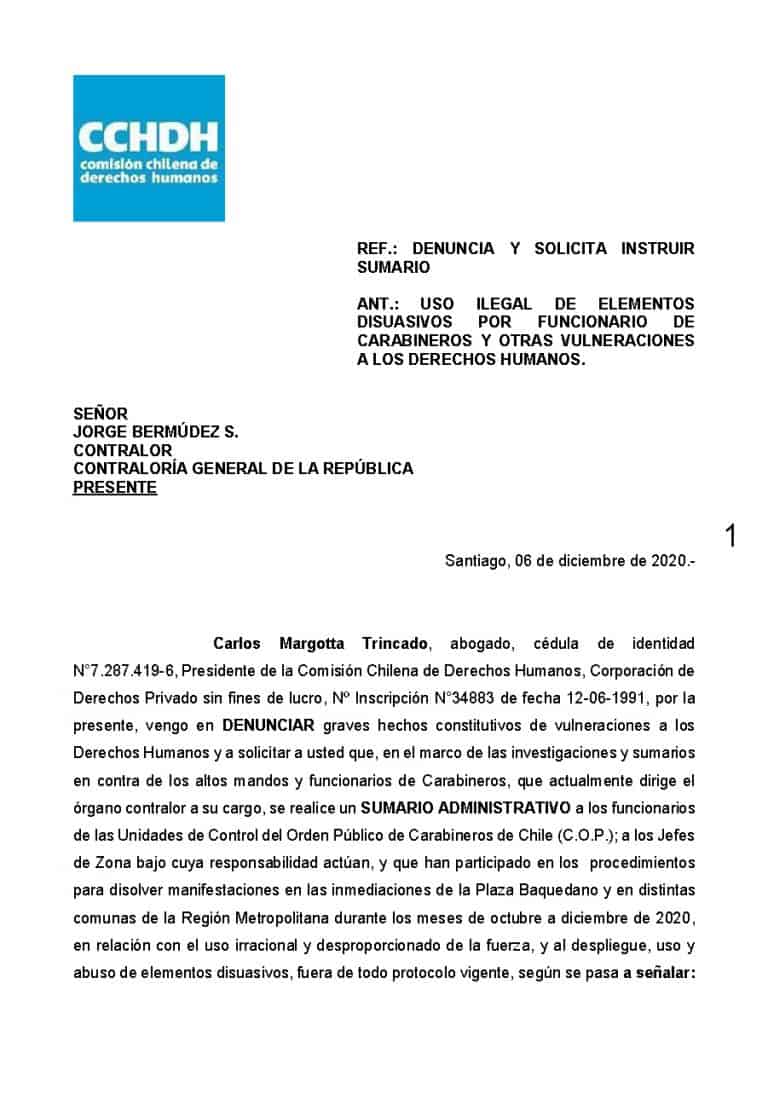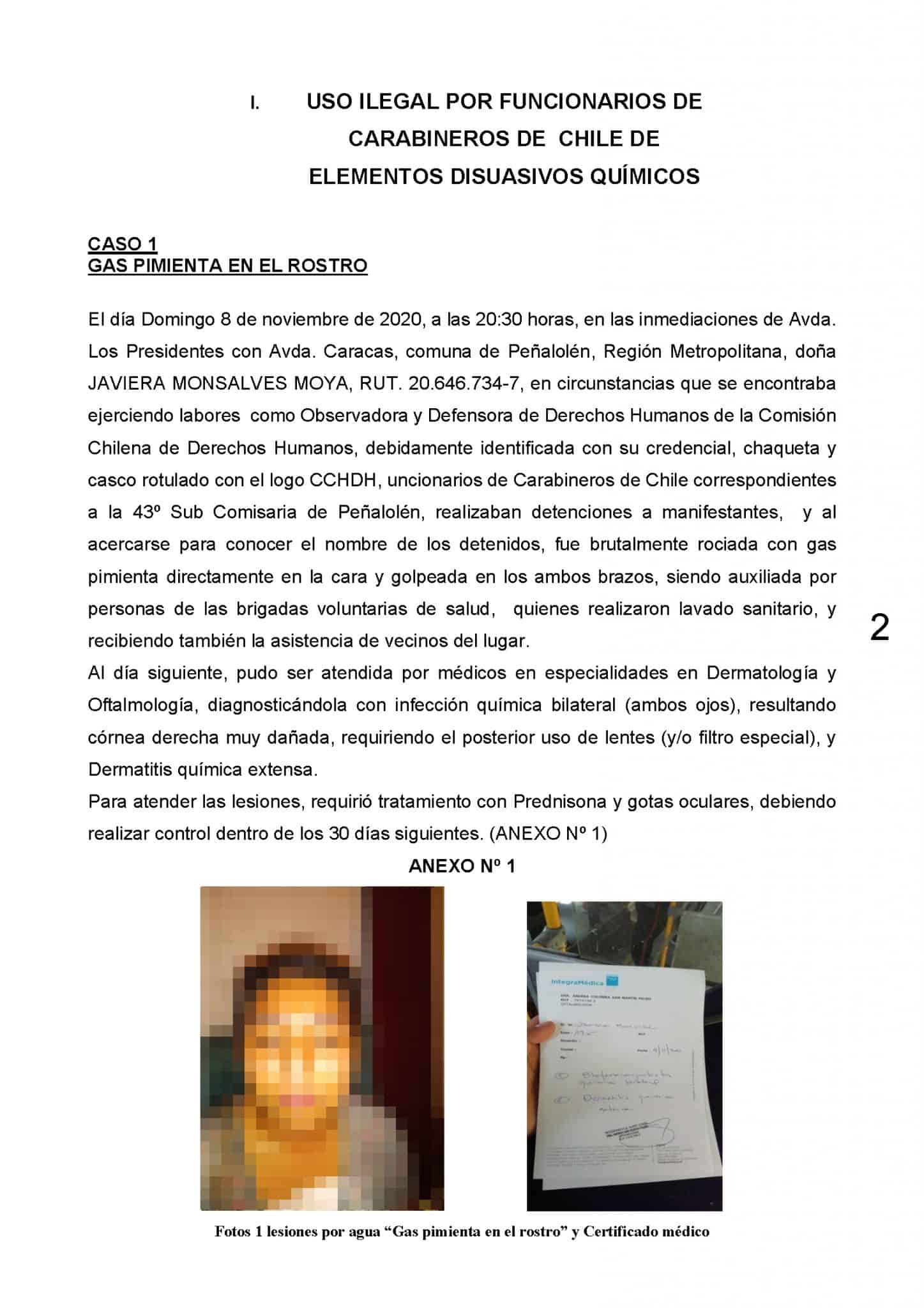Date of Incident
Publication Date
Methodologies
Forums
At the heart of the 2019 anti-government protests that swept Chile was the Plaza de la Dignidad, an occupied roundabout in central Santiago. The plaza became a locus for police violence, including the extensive use of chemical agents such as tear gas against peaceful protesters.
On 20 December 2019, hundreds of tear gas canisters were deployed against protesters in an egregious display of disregard for public health by Chilean authorities. Forensic Architecture and the Chilean medical-activist No+lacrimógenas worked together to analyse the use of tear gas by police on that day, and the scale of the health risks posed by it.
Automated video analysis
The entire battle for the roundabout was documented by a camera installed on a nearby building. First, we reconstructed the camera’s cone of vision and confirmed its time code, using shadows.
Helped by an automated method of video analysis that marked the extent of each tear gas cloud, and the approximate location of the canister that had produced it we counted and located 596 tear gas canisters.
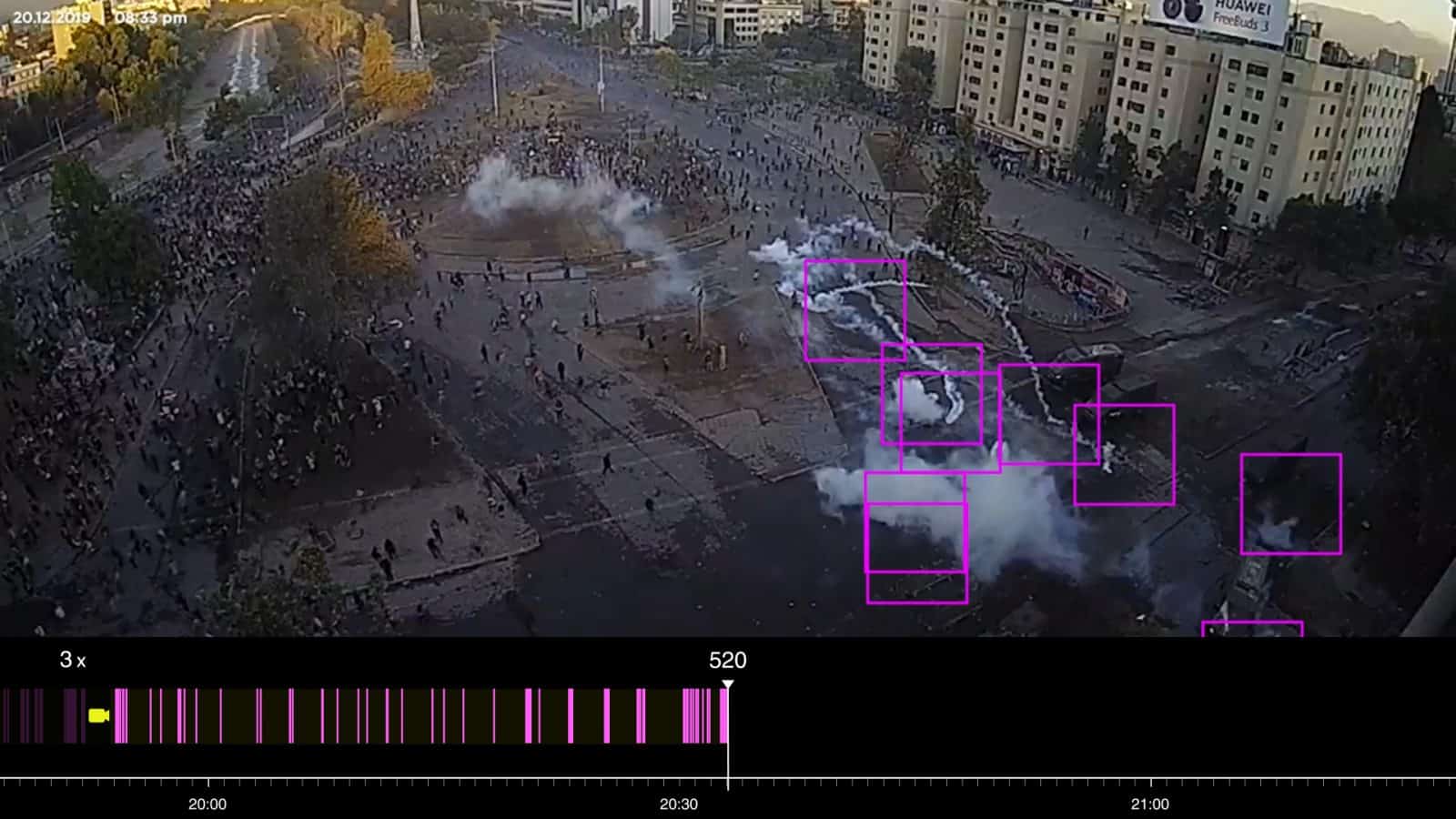
Fluid dynamic simulation
Placing them within a precise 3D model of the roundabout, we worked together with Dr Salvador Navarro-Martinez of Imperial College London, to simulate the fluid dynamics of the toxic cloud, taking into account meteorological data such as temperature, wind and humidity. This helped measure levels of toxicity in air, on the ground, and the water of the nearby Mapocho River, which feeds the farms on the southern outskirts of Santiago.
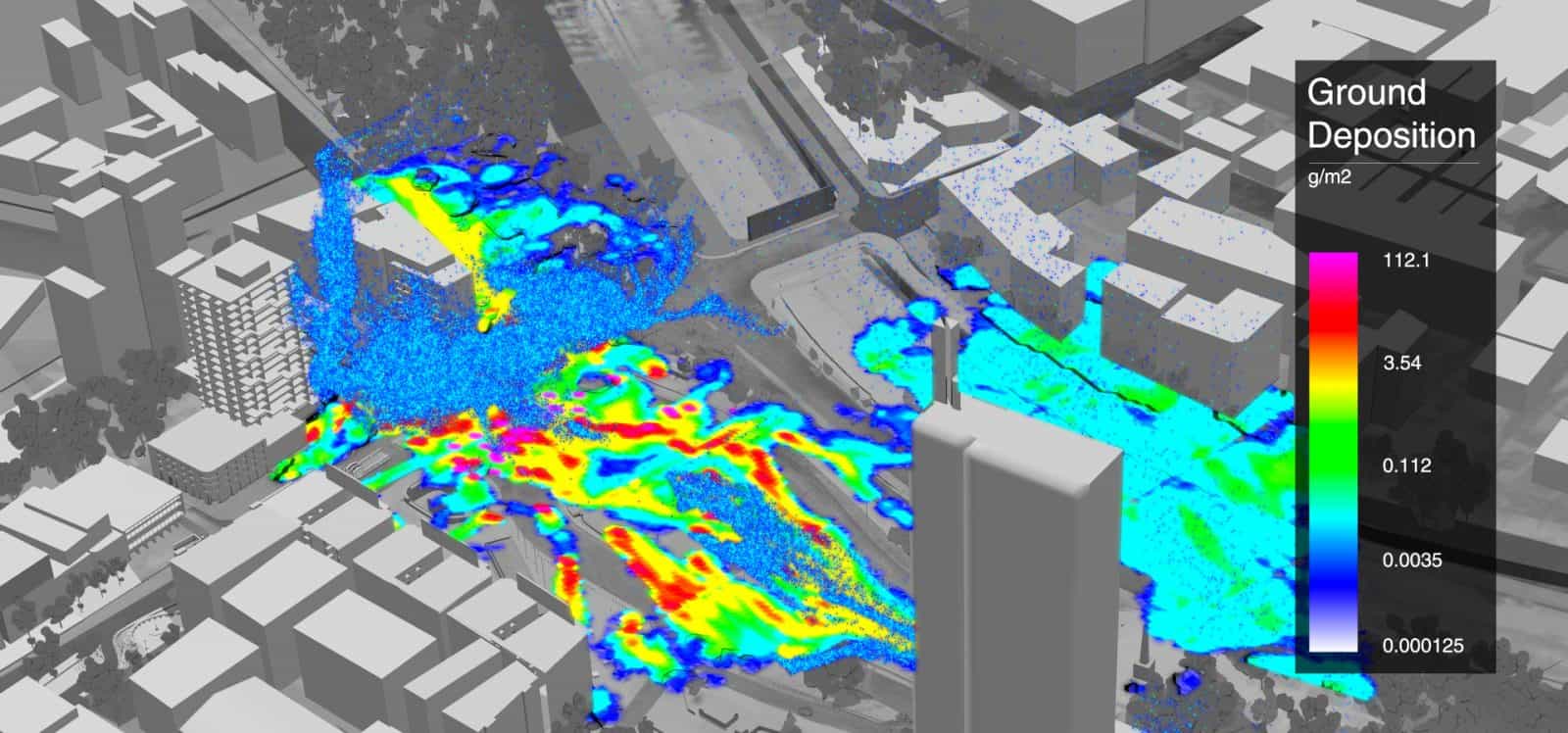
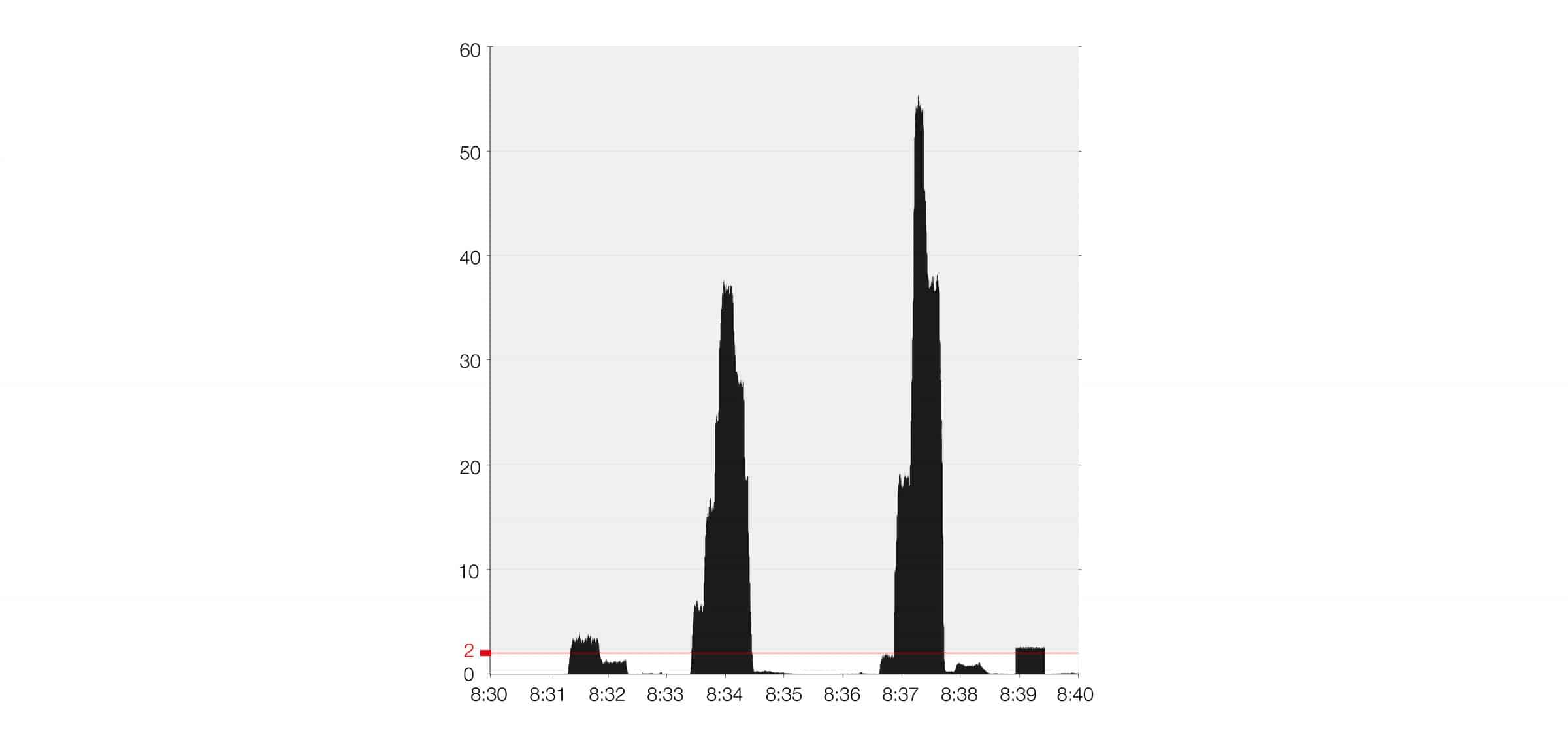
Our findings suggest that the levels of toxicity in the area surpassed the thresholds recognized by the Chilean police as constituting a serious danger to physical health.
For a period during that evening, the concentration of tear gas in a single cubic meter of the roundabout reached toxicity levels around forty times the recommended limit, risking the lives of protesters.
Our analysis supports Chile’s Human Rights Commission complaint against the country’s military police for the illegal use of chemical weapons against protesters in the plaza, between October and December 2020, evidencing chemical infection and dermatitis.
